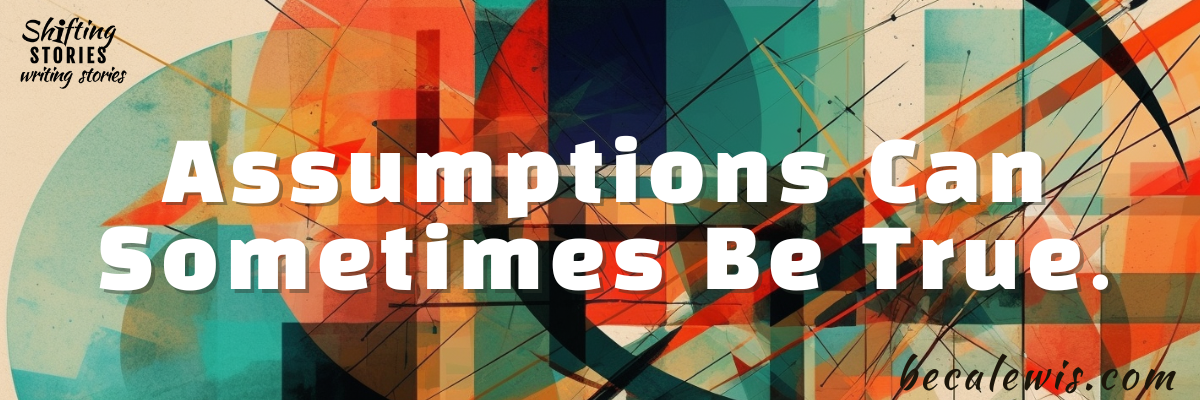
I was ready to record a batch of videos. I always write a bunch of scripts and record all the videos at one time. That way, I only have to do the setup once.
After forty-five minutes of setup time, I was ready to begin.
But my test video was beyond terrible. The lighting was bad. I looked like a hundred-year-old hag who lived in a cave for the last fifty years.
The focus was wrong. Everything was awful.
I was pissed! Why is it always this hard? I muttered to myself while trying to figure out what was wrong with my DSL camera settings. I moved things, adjusted the tripod legs, started and restarted. Forty-five minutes later, I was so frustrated I could have screamed.
But I refused to give up. Mostly because I didn’t want to have to do all that set up again. Fix the room. Put on makeup. Yuck.
So I stopped and looked again. Only then did I realize that the video recording program was picking up my computer camera and not the DSL camera.
I had spent forty-five minutes trying to fix the wrong thing. Something that wasn’t broken.
Yes, it was an excellent reminder why I don’t use the computer camera for making videos. But it was an even better reminder to pause, observe, listen, and check the obvious before spending time trying to fix something that wasn’t broken.
After discovering my mistake, five minutes later, I was recording videos.
Why did I not think of the obvious solution? Because of past experiences and current assumptions.
When I first started learning how to shoot videos, I constantly struggled with camera settings. After countless trials and errors, I had set up everything so that it worked for me. And it did, for many videos.
Until that day.
And since the problem had been my camera before, I went back to that habit and assumed it was the same problem again.
Assumptions are so often wrong, aren’t they?
It was only when I paused long enough to listen that I thought to look at the settings on the computer.
Have I learned this lesson well enough to not spend countless hours fixing the wrong thing again? We can only hope.
But are there good assumptions? Yes!
A year ago, one trunk of a huge multi-trunk tree fell into our yard, missing the deck and house by inches. Instead of ignoring the obvious that something was wrong with the tree, we accepted that there was a problem.
We made the assumption that eventually other huge limbs would fall into our fence, our neighbor’s yard, and electric line.
So Del and his son trimmed the tree way back, resulting in a beautiful multi-trunked snag. Now hawks, crows, turkey vultures, crows, woodpeckers, and a bluebird or two use it to perch on and scan their kingdom.
However, they left two huge limbs that stretched out into the woods, assuming that if they fell, they wouldn’t hurt anything.
Almost a year later to the day, I heard a loud snap and bang, and for a moment thought someone had set off firecrackers in our backyard. Instead, it was those last two branches crashing safely into the woods.
That assumption turned out to be true. One assumption was wrong and wasted my time.
Another was true and because we acted on it, we saved money, time, and the neighbor’s electric line.
How to tell them apart?
It’s the pause, observe, and listen that reveals the answer. If I would have done that first when I was recording, I would have noticed the problem.
Because we did that with the tree, we noticed a coming problem and took care of it.
While we are pausing, observing, and listening, perhaps the question we could ask ourselves is, “what is behind this assumption?” And that would provide insight into whether it is a wrong or right assumption.
We all know what a wrong assumption makes us. But do we also know how effective a good assumption can be? Good assumptions can make us wise.
The trick is knowing the difference.
PS
Since the bridge over our small stream washed away years ago and we never replaced it, I wished out loud that if those branches fell, they would fall across the stream and make a bridge. My wish came true! They did. Del said he assumed they would. Another wise assumption.

 BECA LEWIS coaches, teaches, writes blogs and books, plays with art, and is addicted to reading. She lives in Ohio with her husband and has kids and grandkids scattered across the country.
BECA LEWIS coaches, teaches, writes blogs and books, plays with art, and is addicted to reading. She lives in Ohio with her husband and has kids and grandkids scattered across the country.






